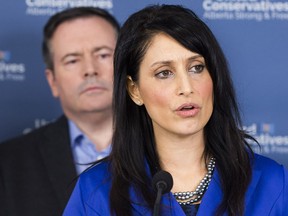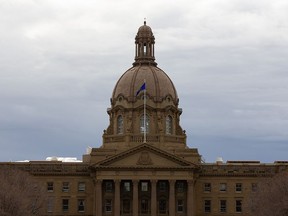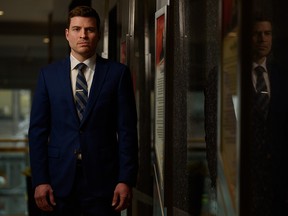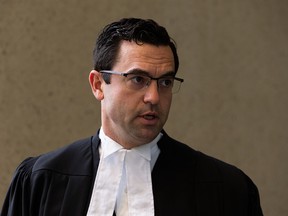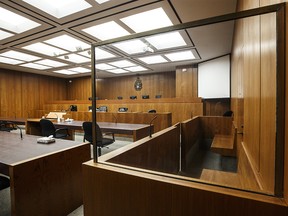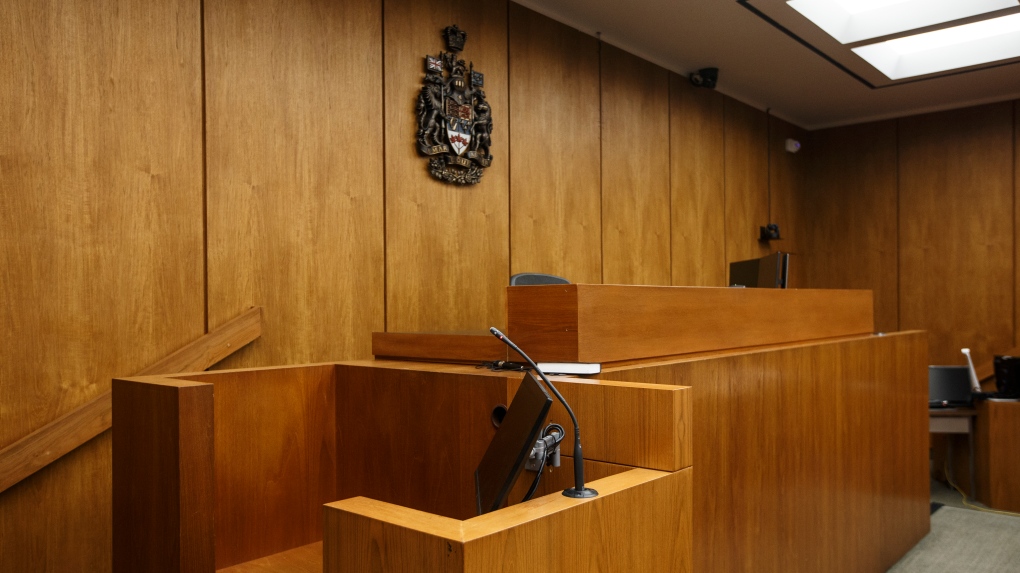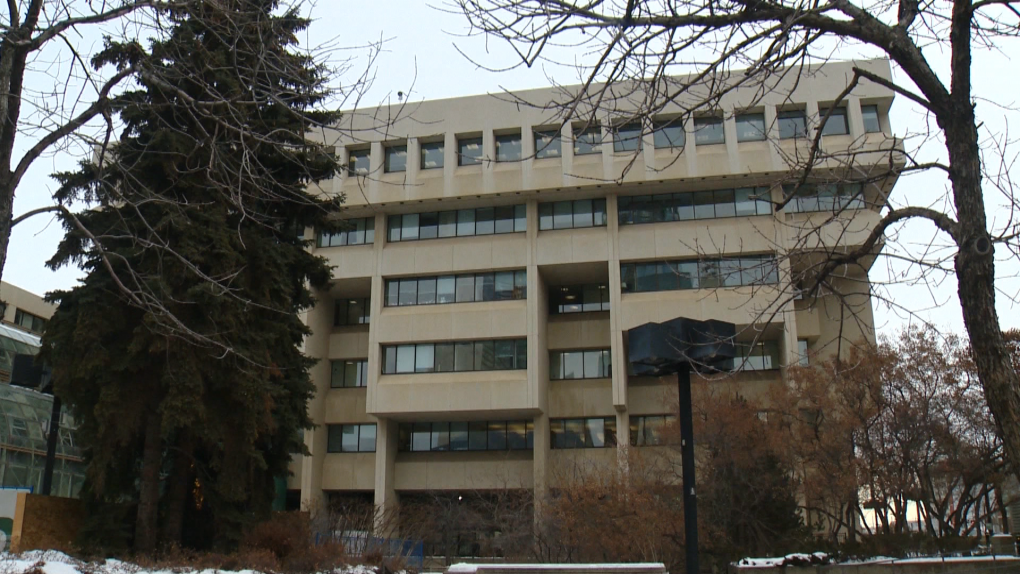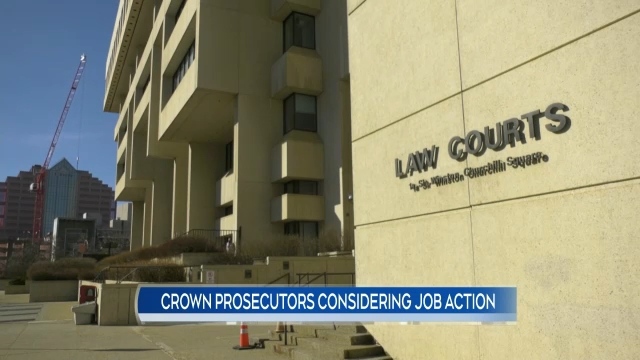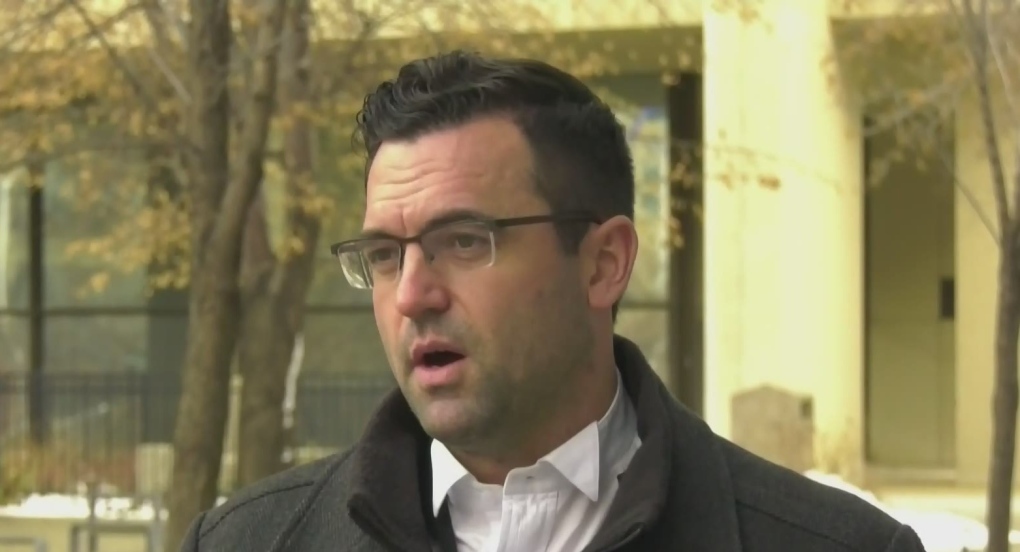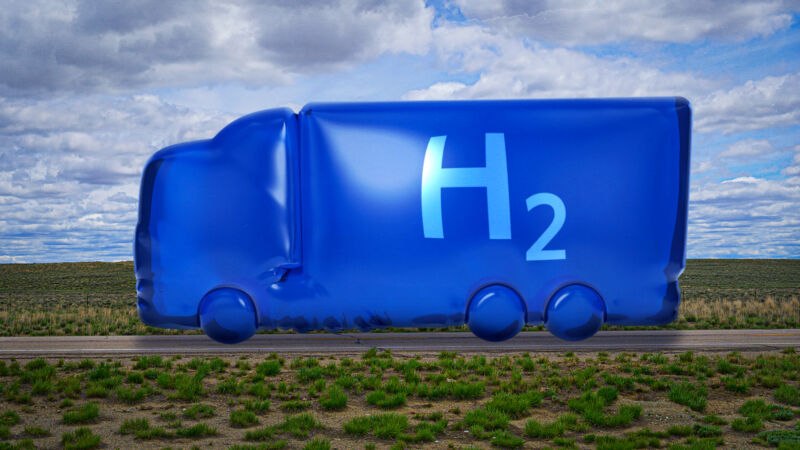
Dean Bennett
The Canadian Press
Staff
Published April 20, 2022
EDMONTON -
Alberta government house leader Jason Nixon is facing accusations of intimidation following a fiery exchange in the house that saw him lob a swear word toward the Speaker.
Independent legislature member Todd Loewen asked Speaker Nathan Cooper on Wednesday to sanction Nixon, saying Nixon tried to intimidate him from pursuing his work - a fundamental breach of his rights as a parliamentarian.
“This legislature is not a one-man show and, no, it doesn't revolve around a small group of people that feel it is their personal playground that they can manipulate,” Loewen told Cooper in the legislature chamber.
The exchange happened three weeks ago, when Loewen was introducing documents for the legislature record and, while doing so, publicly accused Nixon of making false statements about him.
That caused Nixon to shout back and, when Cooper intervened, Nixon directed a profane word so loudly in Cooper's direction that it was captured on the written parliamentary record.
Nixon then told the house he may change the rules to prevent or put limits on the tabling of documents, which Loewen said is grounds for intimidation.
“This has affected myself and all members who now worry about tabling documents in case the house leader finds further personal offence and does in fact bring forward changes stopping this important part of members' business,” said Loewen.
Opposition NDP house leader Christina Gray agreed Wednesday with Loewen.
“There has been a very chilling effect by the government's house leader's words,” Gray told Cooper.
“Through his action he has not only breached the privilege of (Loewen) but has committed a contempt against the entire assembly.”
Nixon was not in the house and his case was argued by deputy government house leader Joseph Schow.
Schow said Nixon had been responding to provocative, unwarranted and spurious accusations by Loewen. He said Loewen was breaking the rules by making “drive-by smears” with his comments and that Nixon, and anyone else in the house, is free to propose changes to make things run more smoothly.
“This government caucus is always looking to find ways to improve how the business of the assembly is managed and how to prevent abusive behaviour,” Schow told Cooper.
“The government house leader did not threaten any member of the assembly.”
There's a recent history of bad blood between Loewen and the United Conservative Party government.
Loewen was elected as a member of the government in the 2019 election but was voted out of caucus almost a year ago for questioning Premier Jason Kenney's leadership and publicly urging Kenney to resign. He now sits as an Independent.
During debate on March 31, just before the house adjourned for an extended two-week break, Loewen was tabling documents to underscore his criticism of Kenney. He also wanted to refute accusations from Nixon that Loewen was an NDP sympathizer and had advocated for mandated COVID-19 vaccinations.
That prompted Nixon to shout at Loewen across the floor.
When Cooper intervened, Nixon turned to Cooper and said, “Mr. Speaker, the guy just called me a f---ing liar in the middle of the damn legislature.”
That brought Cooper to his feet to loudly rebuke Nixon.
“Using language that's unparliamentary, including an F-bombdirected at the Speaker, is wildly inappropriate,” said Cooper.
Cooper had Nixon apologize for the profanity and for using Loewen's proper name in the legislature - another procedural no-no - when Nixon told Loewen during the exchange: “What a joke. That's why your career is over, Todd.”
Loewen, at Cooper's direction, apologized for accusing Nixon of misleading the assembly.
Cooper said he will deliver a ruling on Loewen's complaint in the next few days.
This report by The Canadian Press was first published April 20, 2022.


